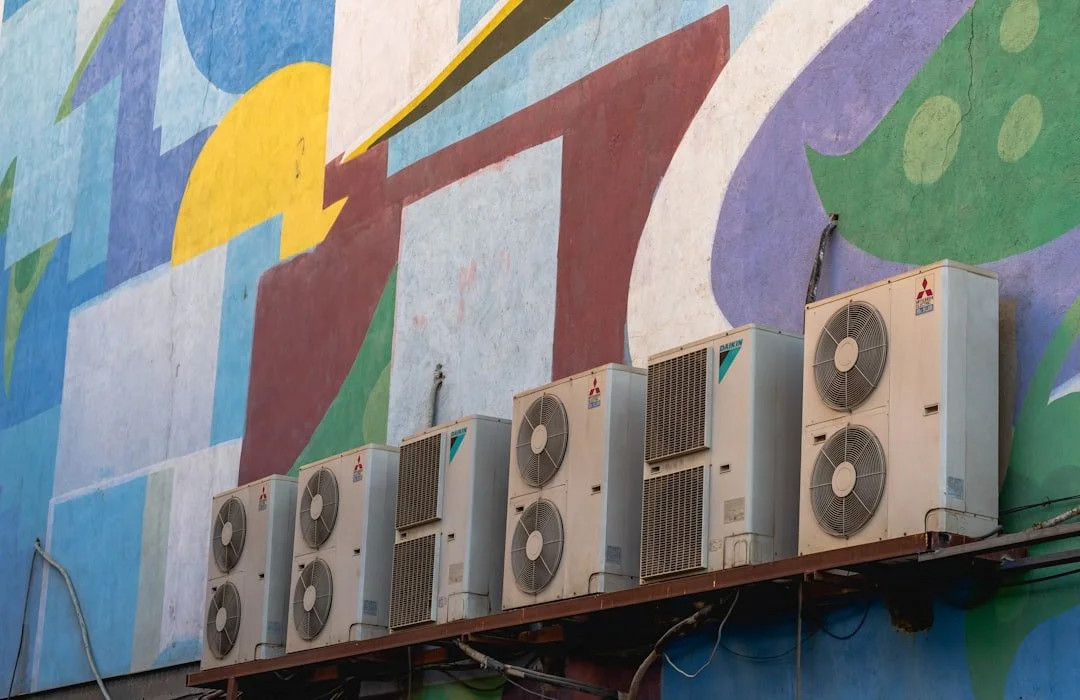DIY Air Conditioning Troubleshooting Tips Before You Call a Pro
By PAGE Editor
The summer heat is relentless. You walk into your home, expecting a cool breeze, but instead, you're met with warm, stale air. Your air conditioner is not working. Panic sets in. But wait! Before you grab your phone to call a technician, pause. Take a deep breath. You might not need to spend a single dollar just yet.
This is your ultimate guide to troubleshooting your aircon in Maitland yourself. No fancy tools. No professional experience. Just common sense and a few clever tricks. Let’s get into it!
1. Check the Thermostat
It may sound silly, but the number one reason air conditioners fail to cool is the thermostat. So, start here. Is it set to “Cool”? Is the temperature set lower than the current room temperature? If not, your AC won't kick in.
Now, check the batteries. Many thermostats run on AA or AAA batteries. Dead batteries equal no communication with your AC unit. Replace them. Set the correct mode and wait for a few minutes. Feel for cool air.
If the thermostat screen is blank, the batteries may not be the only issue. The wiring behind it might have come loose. But don’t touch those wires unless you’re 100% confident. Safety first.
2. Make Sure It’s Plugged In
This one’s a classic. You’d be surprised how many people forget to check the power supply.
Go to the main unit. Is it plugged in? Is the switch turned on? Is the circuit breaker tripped? Flip the breaker off and on again. Listen for a click or a humming noise. That’s your AC coming back to life. If you still hear nothing, check the outside unit. Some systems have a disconnect switch located nearby. That should be on too.
3. Clean or Replace the Air Filter
A dirty air filter can suffocate your system. It blocks airflow and makes your AC work harder. Sometimes, it causes the whole system to shut down. So, locate the air filter, which is usually behind the return vent or inside the indoor unit. Pull it out. Is it caked with dust and dirt? If yes, it’s time for a replacement. You can buy a new one at any hardware store. Just make sure it’s the same size.
If you have a washable filter, rinse it under cold water. Let it dry completely. Then, put it back in place. A clean filter can work wonders and might even be the only fix you need.
4. Look for Ice
Ice is a red flag and means something is wrong. It can be one of the following reasons:
The refrigerant is low
The airflow is restricted
The filter is clogged
The coils are dirty
If you found any of these to be the reason, turn off the AC immediately and let the ice melt. It could take a few hours. In the meantime, turn the fan setting “On” from “Auto.” That helps speed up the melting.
Once thawed, check the filters, the vents, and the coils. Clean anything that looks dirty. Turn the AC back on and monitor it closely. If the ice returns, it might be a bigger problem. Time to call the pros.
5. Clean the Outdoor Unit
Step outside. Find the big box with a fan inside. That’s your condenser unit. It needs room to breathe. If it’s covered in leaves, dirt, or grass clippings, it can’t work properly. So, try this:
Turn off the power first.
Then remove any visible debris.
Use a soft brush to dust off the fins gently.
Do not use a pressure washer.
Make sure there’s at least two feet of clear space around the unit. Trim back bushes. Move flower pots. This gives the system room to “exhale.”
6. Check the Vents and Registers
Are all the vents open? Are they blocked by furniture, rugs, or curtains? Walk through each room. Check each vent. Make sure air can flow freely.
Closed vents mess up the pressure balance. That can strain your system and cause poor cooling. Open all vents, even in the rooms you don’t use. Check the registers, too. Sometimes, small objects fall inside and block airflow. Clean them out with a vacuum. A little airflow can go a long way.
7. Inspect the Drain Line
Your air conditioner doesn’t just cool. It also removes humidity. To do so, that water has to go somewhere. Usually, it drains through a pipe near the indoor unit. If that pipe gets clogged, water backs up, and your system might shut down as a safety measure.
So, look for a small PVC pipe coming out of your indoor unit—That’s the drain line. Shine a flashlight inside. Do you see standing water or gunk? If you do, you can try clearing it out using a wet/dry vacuum to suck out the blockage. You can also use a stiff wire to poke it through, but you must be gentle.
Once cleared, pour a cup of vinegar down the line. This helps prevent future buildup.
8. Listen for Strange Noises
Noises are like symptoms. They give clues. A humming noise means power is flowing. A clicking noise might mean a relay switch is faulty. A banging or rattling noise could mean a loose part.
If you hear nothing at all, the compressor might not be starting, or maybe the capacitor is dead. Capacitors help start the motor, and they wear out over time. You can’t fix a capacitor yourself unless you’re trained. But recognising the sound helps you explain the issue to a technician. That alone can save time. And money.
9. Smell Something Weird? Investigate
Bad smells are never good. A musty smell means mould, and it could be in the ducts or on the coils. A burning smell means an electrical problem. So, you need to turn everything off right away, open windows, and let your home air out. If the smell returns after restarting, you need a professional inspection.
Final Thoughts
Troubleshooting your air conditioner isn’t rocket science. It just takes patience, observation, and a willingness to get your hands a little dirty. Before you panic and call for help, go through this checklist. You might just fix it yourself. And even if you don’t? You’ll still find the experience worthwhile and know your home just a bit better.
So next time your AC acts up, don’t sweat it—literally or figuratively. You’ve got this. Beyond this, you can rely on Onsite Air—one of the best aircon technicians in Maitland.
HOW DO YOU FEEL ABOUT FASHION?
COMMENT OR TAKE OUR PAGE READER SURVEY
Featured








Selecting a piece of jewellery intended to last a lifetime is a deeply personal and significant decision.